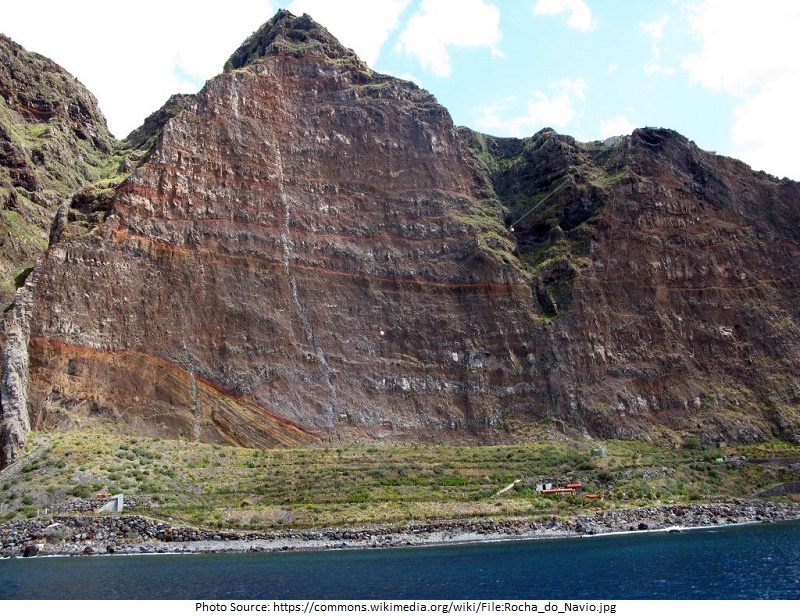25 Best Tourist Attractions to Visit in Moldova
Here is a list of the 25 Best Tourist Attractions in Moldova
1. Taul Park and Prommer Manor
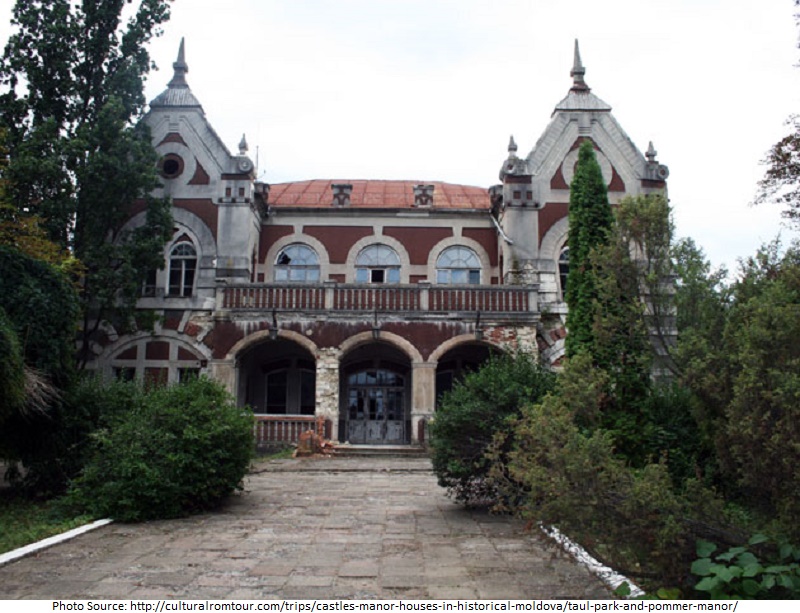
Situated in Taul Village, Taul Park is one of the biggest tourist attractions in Moldova. Inside the park is the majestic manor house of Ivan Pommer, which was established at the starting of the 20th century. It’s a testimony to landscape architecture and was extremely admired in its time. The park itself is consisting of two portions. The upper portion is where you’ll see the manor house with a lot of footpaths being engulfed by magnificent flower beds. The lower part seems more like a jungle. Different types of trees have been planted and every group is feature of a separate geographical region. Explore 150 types of trees and shrubs – plenty of non-natives – when you stroll the 12.5k of tracks.
2. Kvint
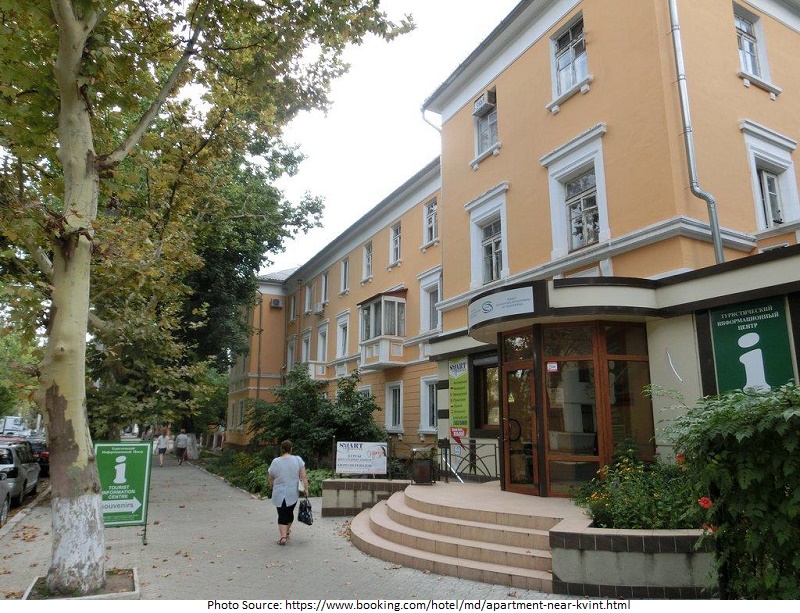
You can buy a bottle of some of Europe’s finest cognac at the access point to the Kvint factory. They’ve been producing best-quality cognac here from 1897 and even purchasing from the street sellers here will assure you worth for your money. Situated in eccentric Tiraspol, the natives think Kvint to be a national sign and its picture is even on the Transnistrian five ruble banknote. They yield nearly ten million liters per year and you can deal for an everyday sampling trip.
Read More 25 Best Tourist Attractions to Visit in Malta
3. Codru Natural Reservation
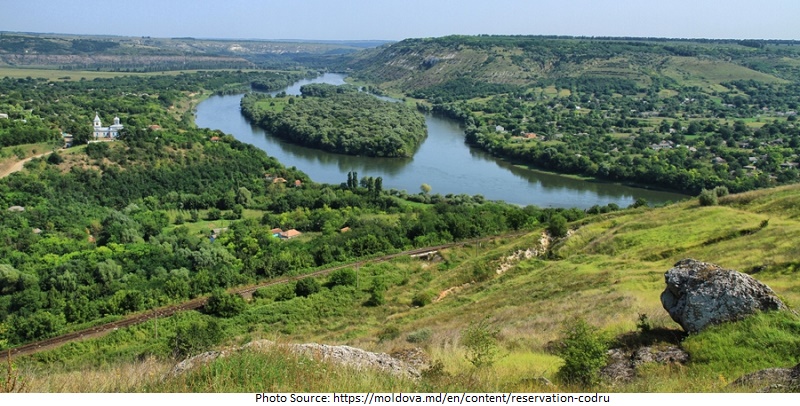
The most beloved (as well as most ancient!) conserve in the country, Codru stands in the heart of Moldova and is comprised up of a series of wonderful canyons and valleys. You’ll see more than 1000 types of preserved plants, 145 bird species, 43 mammal species, seven reptile species, and more which made this natural reservation one of the best tourist attractions in Moldova. There is a natural history museum on the conserve worth visiting in between solo or guided tours. You’ll like the vast open feeling of this beloved conserve.
4. Capriana
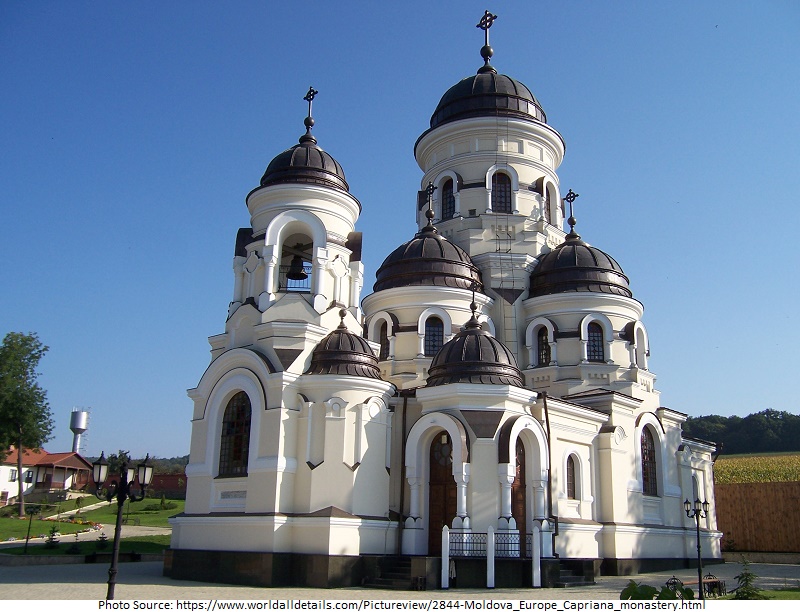
Located in a thriving green jungle in Capriana is one of the most ancient monasteries and a wonderful tourist attractions in Moldova. Established in the 15th century by Alexander the Good, it was one time the abode of the Moldavian bishop as well as Chiprian, one of the earlier Moldavian bards. It contains the biggest convent library in the region and after plenty of years of abandonment, was opened again in 1989 as a sign of national improvement. While you will go there, you can make some halts close to travel the oak tree of Stefan the Great and Codru, the most ancient nature conserve in the area.
5. Padurea Domneasca (Royal Forest) Natural Reservation
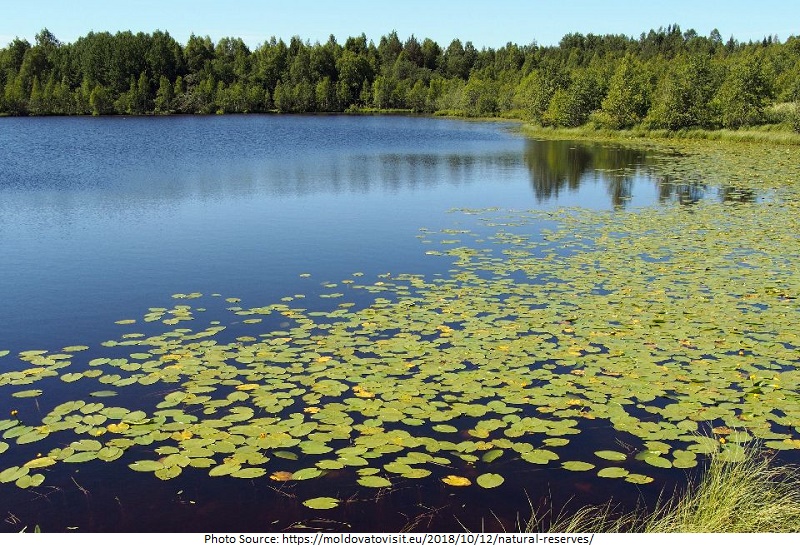
Located in 1993, this is the biggest natural conserve in Moldova and is situated in Glodeni. In this place, you’ll see the country’s most ancient stand of the old-growth oak tree where the most ancient oak is approximated to be nearly 450 years old. Nature enthusiasts will relish the plenty of bird species with the most remarkable being the herons that nest close to the river. Explore the region familiar as “One Hundred Hills,” a land of rolling mounds – that no one knows how they were created. Padurea Domneasca is a wonderful method to pass a day outdoors with Mother Nature.
Read More 25 Best Tourist Attractions to Visit in Germany
6. Soroca
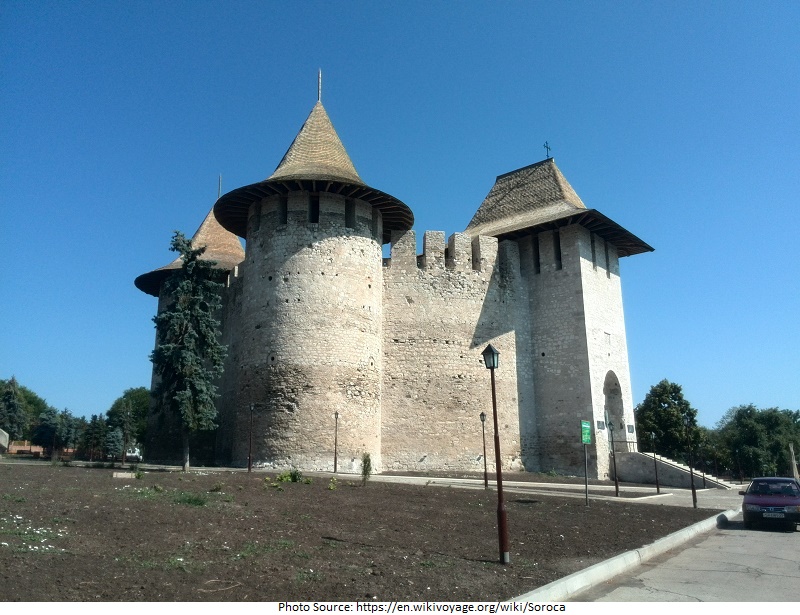
It has played a big and significant part all over Moldova’s history for its situation on the Dniestr River. At the time of battles and blockades, armies were able to protect the country competently from this viewpoint. The main attraction is Soroca Fortress, one in a chain of military fortress established as early as the 14th century by princes seeking to secure their place against attackers. Because of the big Roma community in this spot, Soroca is the unofficial Roma epicenter. For amusement, stroll by the residences of the Roma upper class that line the paths of the town centre.
7. Gagauzia
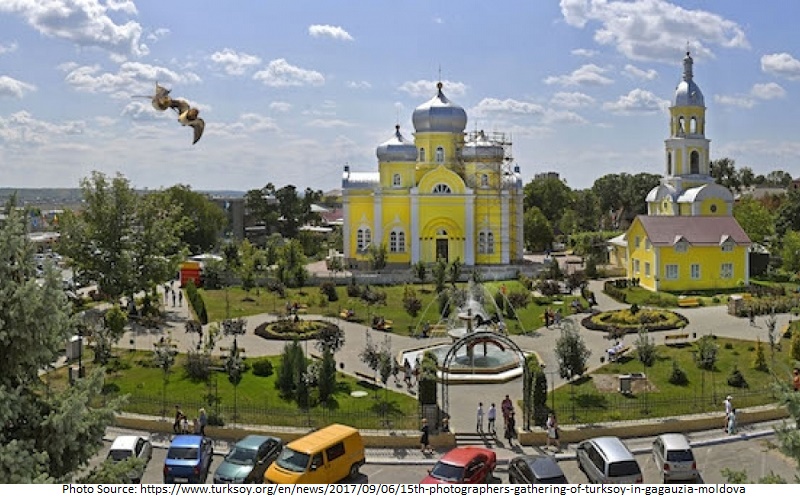
The Gagauzia area is a self-governing distant expanse of land made up of three cities and 27 villages. The culture and tradition in this place are basically affected by Turkey and although the people are mostly Christians, their predecessors were Muslim displaced people escaping from war and seeking for a spot to lay roots. They were granted to reside in this area only if they converted. With such an evident history, you can imagine that the region is fascinating. Travel the Comrat Regional History Museum to get a look at what daily life people lead in this place.
8. Bendery
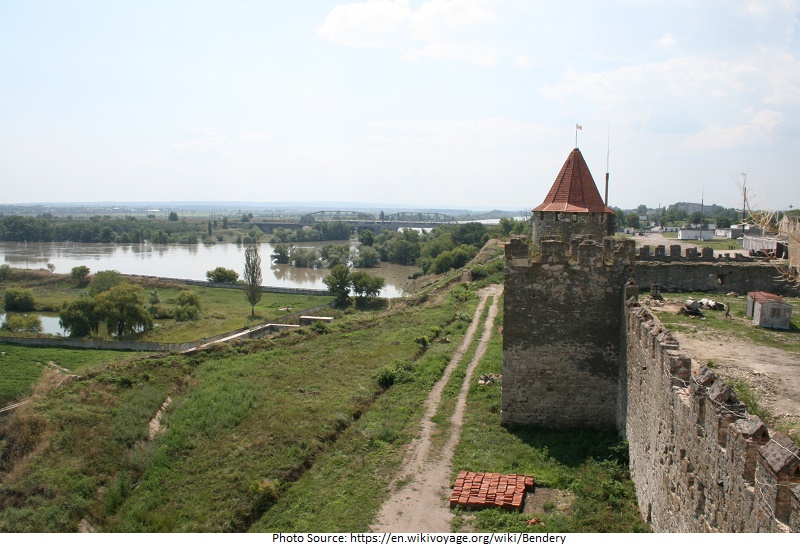
One of Transdniestr’s three towns, Bendery is the greener and more aesthetically satisfying equal to Tiraspol. Though you can still find the bullet marks that exist from the civil war with Moldova, the city itself is amiable and amusing. Be certain to visit the fortress, established in the 16th century. It’s altered hands several times and is a wonderful reflection of the history of the town.
Read More 25 Best Tourist Attractions to Visit in Croatia
9. Transdniestr
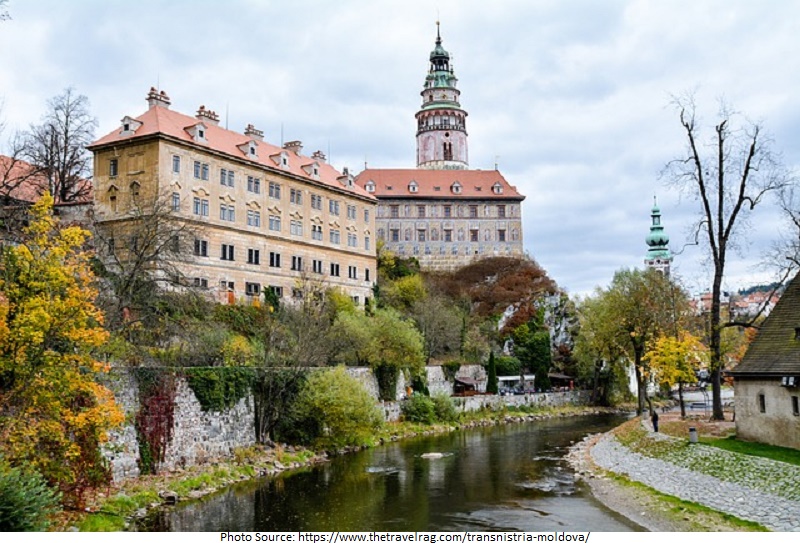
This slender piece of land on the Dniestr River is certainly one of the most peculiar spots in Eastern Europe and one of the best tourist attractions in Moldova. The government there has announced Transdniestr a sovereign republic. Though it is a republic, it doesn’t officially prevail anywhere else but there. Formally, still a portion of Moldova; the natives in this place think they gained their freedom during a civil war in 1992. Transdniestr has its own currency, police force, and boundary while still clinging to a Soviet time style all over the area. You’ll find many Lenin sculptures as you’re visiting. The unofficial epicenter town at Tiraspol will be one of the most bizarre looking locations you’ll find in Moldova.
10. Saharna
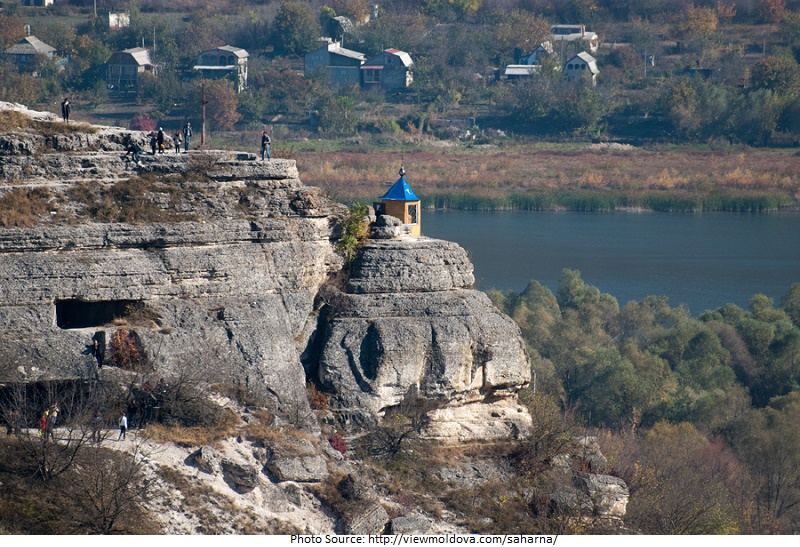
One of the best tourist attractions in Moldova, this tiny village is the one that tourists most frequently say they’d like to come back to. The Holy Trinity Monastery is in this place, but it’s a place of spectacular natural charm too. There are quietness and serenity that spread throughout the spot – and you, after right a little time. Saharna is a pilgrimage spot for plenty of Moldavians because of a footprint on a stone which is considered to be the Virgin Mary’s. Nature lovers will certainly like Saharna. The River Saharna has 22 waterfalls – the most renowned being “Gipsy Hole” (as it’s familiar by the natives). Relish hiking that provides wonderful looks of the encompassing region and the monastery underneath.
11. Manastirea Curchi
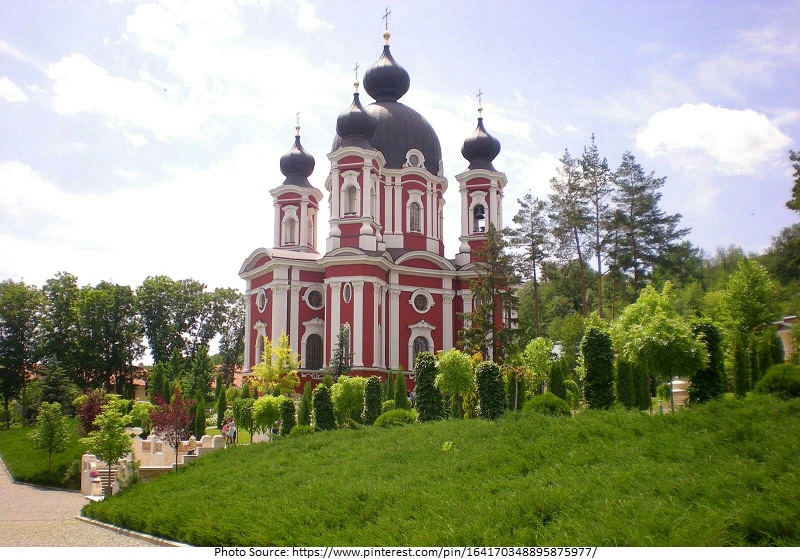
This monastery achieved the prize for the most magnificent in total Moldova. The compound is constructed up of five churches, a refectory, some abbeys, and monk chambers. Its charm appears from the Bessarabia architectural style. The highlight for the compound is the Mother of God Church, established at the conclusion of the 19th century. After you’ve seen the grounds and known about the distinctive history of the monastery (it was once a psychiatric hospital during the Soviet time) relish a nice walk through the gardens.
12. Tipova Monastery
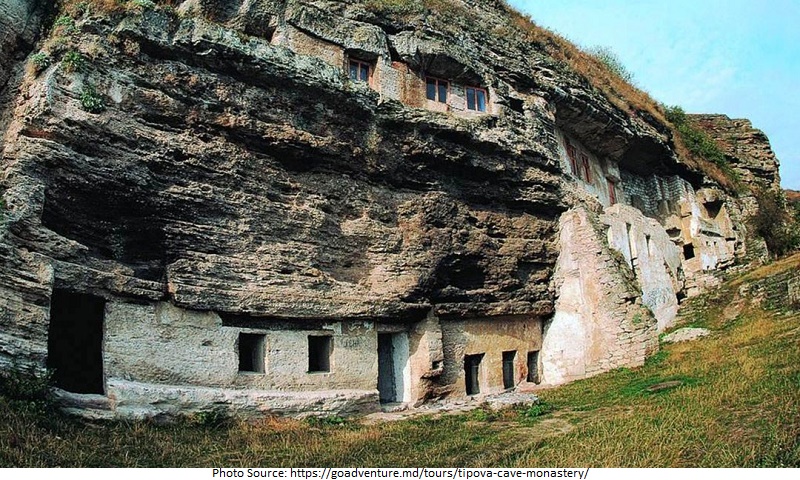
Situated in a distant but charming portion of Moldova, Tipova Monastery consists of three major compounds that have been mined out of the rocks along the verges of the Dniestr River. The most ancient compound is the Church of the Feast of the Holy Cross (11th century). The surviving two are the Church of St Nicholas (14th century) and Horodiste (16th century). If you chase the way past the caves you’ll experience a beautiful nature hike that finishes in a beautiful waterfall. Within every cave are monk’s chambers, adequate for up to 700, though there are less than 20 monks residing there today.
Read More 25 Best Tourist Attractions to Visit in Estonia
13. Cricova Winery

A fast 30 minutes from Chisinau is Cricova Winery. The second biggest subterranean winery on earth; it is surely something to explore. You’ll see 120 kilometers of compound streets above ground and a complicated passage system underground which has been in place from the 15th century when the limestone was mined out to construct Chisinau. This beautiful “wine city” incorporates storehouses, subterranean sampling chambers, and guided trips. You’ll go to 100 meters under the ground and have a view at what 1.25 million bottles of wine looks like. The wine industry is flourishing in Moldova, which means that it’s worth taking a bottle or two home.
14. Orheiul Vechi
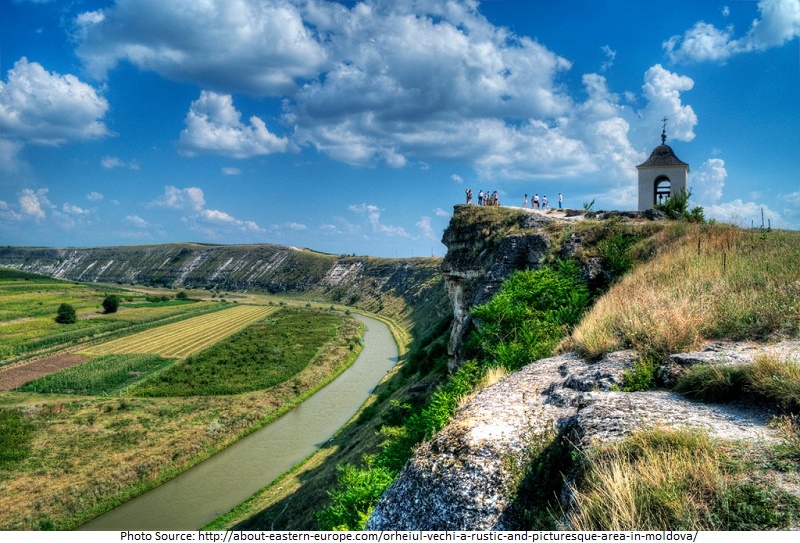
Just an hour drive from Chisinau is Orheiul, or Old Orhei, Moldova’s most marvelous vision. It’s an archaeological compound with prosperous cultural and historical importance. It’s also a spot of incredible natural charm. Overlooking the Raut River, this open-air compound contains walls, baths, caves, relics, and monasteries – all which date back as late as the Dacian tribes of 2000 years before. The ancient monuments date from different periods times incorporating the Tatar and Mongol attacks, the 10th century BC, and more lately the capture of the Golden Horde in the 14th century. Because of the abnormality of the region, a museum has been established those provides displays and provide news and context for such a distinctive spot.
15. Chisinau
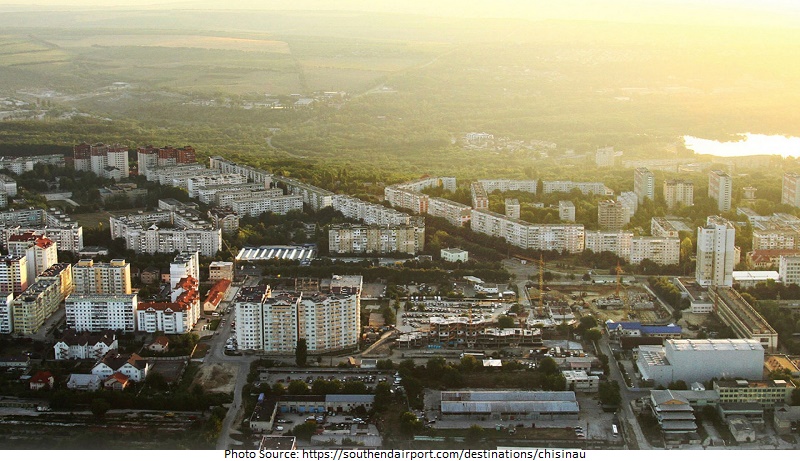
This is modern and amiable spot is Moldova’s largest town and acts as its epicenter. Chisinau has plenty of green locations, parks, and historical edifices. It seems like a town with expanse. There’s also no scarcity of eateries, art galleries, nightclubs, spas, and casinos! You’ll love to travel Pushkin Park and the orange pyramid at the World War II monument. You’ll see amazing frescoes in the Nativity Cathedral, and if that’s not for you, visit the stalls of the native present-day painters in the art bazaar.
Read More 25 Top-Rated Tourist Attractions & Things to Do in Ukraine
16. Army Museum
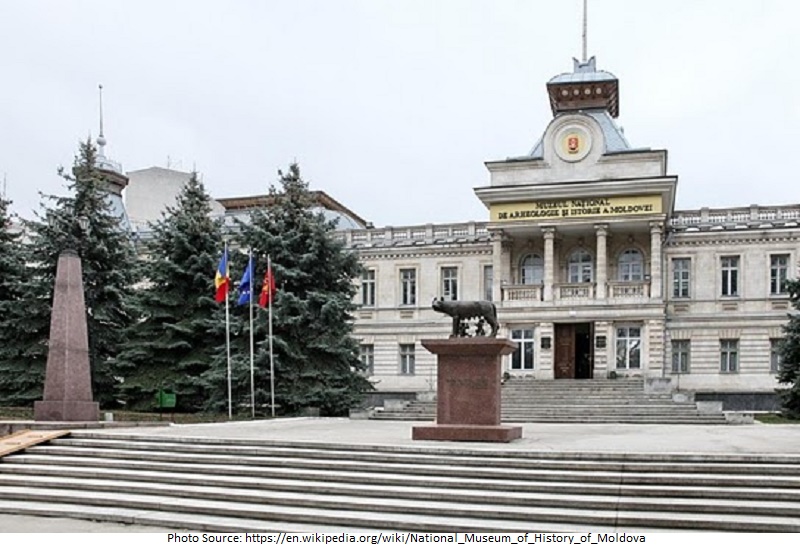
Holding one tip of the Centre of Culture and Military History, this once-stale museum now holds a moving display on Soviet-time suppression. Tales of Red Terror imposed famines, mass banishments and gulag slave labor are narrated through pictures, videos, newspaper cuttings, and dioramas. While small is in English, the museum still provides you a great sense of the dreadful scale of the offenses committed by Lenin and Stalin.
17. Nativity of Christ Metoropolitan Cathedral

The key attraction of the Parcul Catedralei is the town’s principal Moldovan Orthodox church, dating from the 1830s, with opulent interior frescoes. The bell tower was actually constructed in 1836, but was ruined after WWII and reconstructed in 1997. Myth has it that the bell mainly contracted for this tower concluded in Bolhrad (in modern Ukraine) thanks to a mix-up by a drunken bureaucrat in St Petersburg. Chişinău terminated with the much larger bell assigned for Bolhrad. It wouldn’t adjust in the church belfry; hence this bell tower was established to house the larger bell.
18. National Archaeology and History Museum
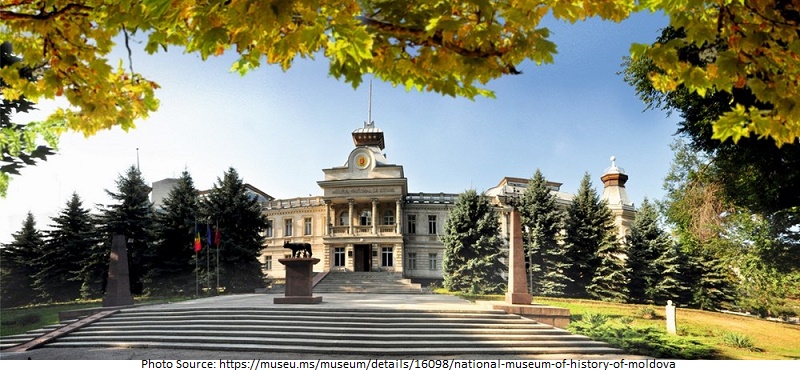
This attractive museum houses relics from the area of Orheiul Vechi, incorporating Golden Horde coins and 14th-century pottery; an uncommon, 2000-year-old Sarmatian fired-clay urn in the form of a crinkly-coated ram; a wonderful amorpha (Greek pot) decorated with anthropomorphic goddesses; and arms dating from old ages to the present. A vast late-Soviet-time diorama on the 1st floor delineates a fight close to the village of Leuşeni on the Prut River during the crucial WWII Iaşi-Chişinău Offensive.
Read More 20 Best Tourist Attractions & Things to Do in Kosovo
19. Valea Morilor Park
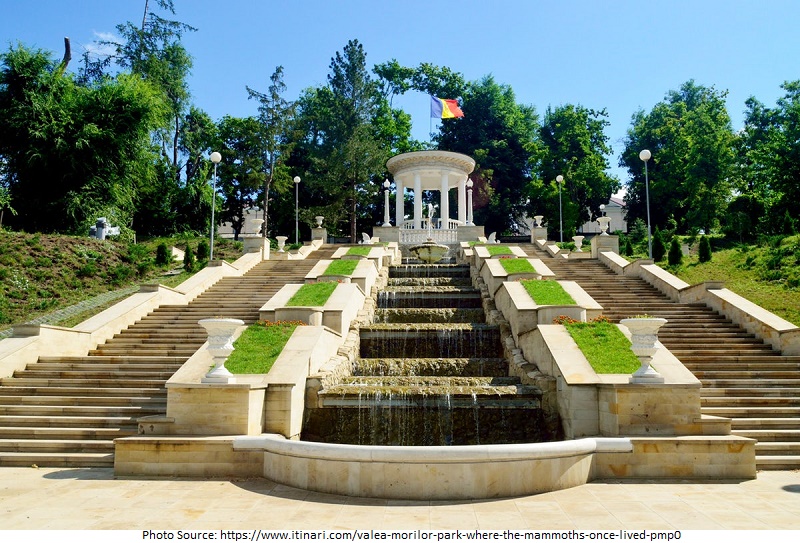
The park is only minutes stroll away from the town center and yet it’s completely separate. It is one of the most charming spots in the country and ideal for escaping from the bustling life of the town. There are plenty of people who appear in the park and unwind or do other activities. During summer time, it’s an ideal spot to take some water vapor off the heat.
20. Parliament of the Republic of Moldova
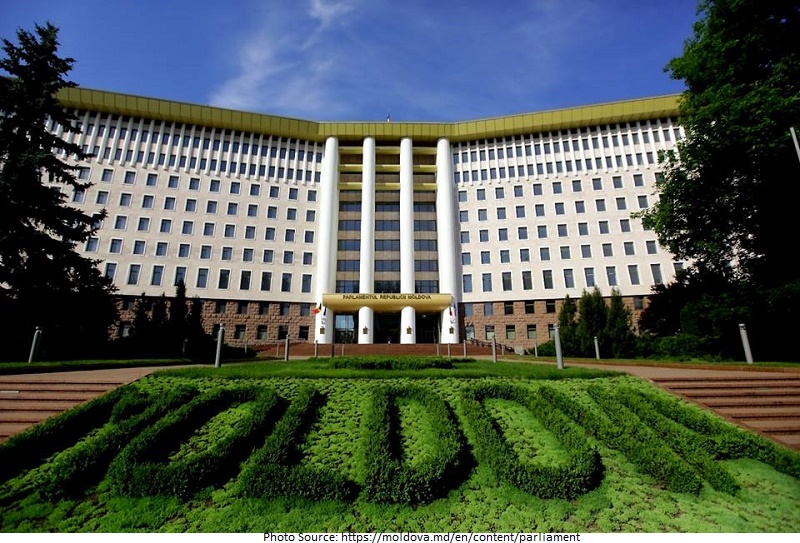
The Parliament House of the Republic of Moldova is one of the best tourist attractions in Moldova. It worth a trip to find and learn about the political perspectives assembled in the parliament. It’s the supreme body and the sole state judicial command in the country. The president of the country is nominated by the Parliament with a lowest of 52 votes of the representatives of the Parliament.
Read More 25 Places About Most Favorite Tourist Attractions in United Kingdom
21. Cave Monastery

The most attractive view at Orheiul Vechi is the Cave Monastery, constructed inside a cliff elevated above the tenderly winding Răut river. It is labeled by a little bell tower and across erecting on the stones. It was excavated by Orthodox monks in the 13th century and stayed unpopulated until the 18th century. In 1996 a little number of monks came back to this hidden spot of pray and renovated it to its modern state.
22. Bendery Fortress

This magnificent Ottoman fortress, outside the center close to the Bendery–Tiraspol bridge, was established in the 16th century and witnessed an acute battle between Turkish and Russian forces before falling to Tsarist Russia for good in the early 19th century. You can stroll along the embankments taking in the magnificent sight of the Dniestr River, enjoy a picnic on the grounds, and explore some museums on-site that record the fort’s lengthy and affluent history. For years this was an acting Russian army base and out of bounds to the general people. With the late thaw between Chisiņau and Tiraspol, the fort compound has been given totally under tourism.
23. Soroca Fortress
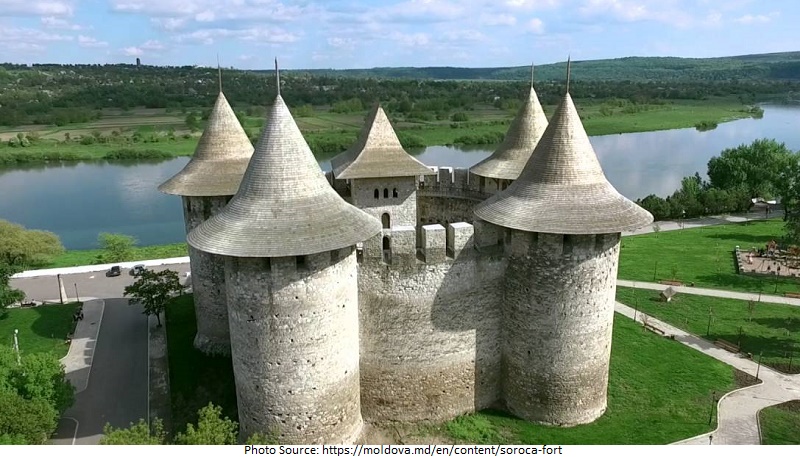
This impressively solid structure on the Dniestr dates back to the late 15th century and the rule of Moldavian Prince Ştefan cel Mare. It was established on the relics of a timbered fortress in the form of a circle, with five fortifications. Now those fortifications hold medieval-themed displays, with some English placards posted about that radiate light on the history of the fortress.
Read More 25 Most Favorite Tourist Attractions in Albania
24. Ștefan Cel Mare Central Park
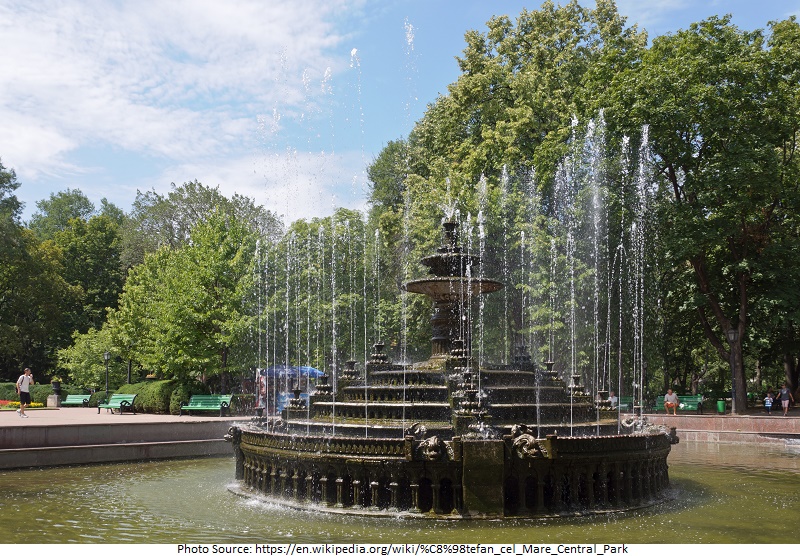
The most ancient park in the country expands over 7 hectares of the region. It contains a charming waterfall with a rich green park with plenty of birds all over the location. The park is very silent and a serene spot to visit and unwind from the bustling life of the town and the mass. The park is also familiar as Park of Lovers as it’s a beloved gathering spot for couples.
25. Triumphal Arch

Chișinău is located next to the Nativity Cathedral established in 1840 to observe the triumph of the Russian Empire. The memorial was built with smelted copper of the canons which the Russians obtained from the Ottoman Empire. Primarily, the bell was created for the cathedral’s belfry but it occurred to be too large and this installed in this arch.

